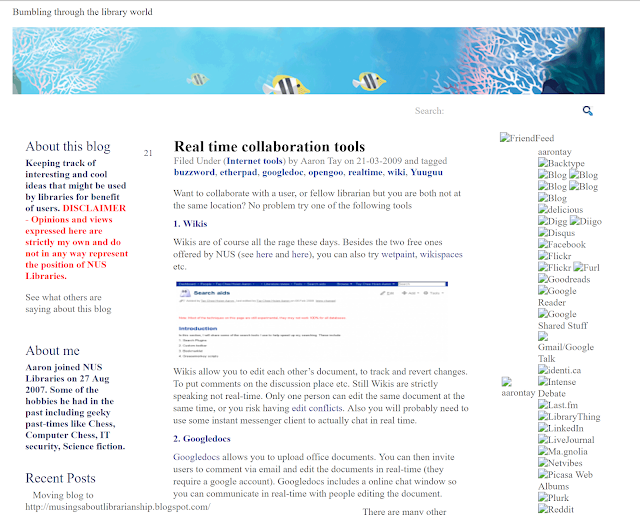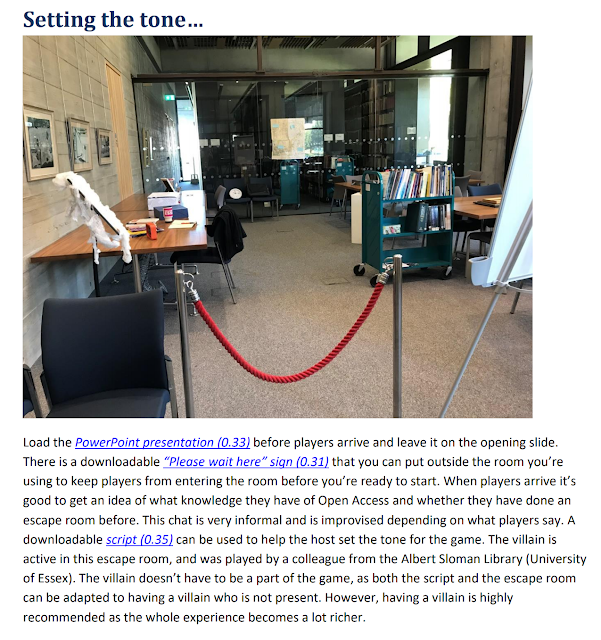
In 2018, I started noticing an increasing number of startups that focused on applying machine learning in the Libraries and Scholarly Communication arena.

In 2018, I started noticing an increasing number of startups that focused on applying machine learning in the Libraries and Scholarly Communication arena.

In academia, the print paradigm still holds sway. For instance, I've argued that our citation practices makes no sense in our largely digital era. That said, quite a bit of the content, we read, cite and use are available only in hard copy , or failing that content in PDF that can't be easily manipulated in digital formats.

It has been over a year in April 2018 since I had the opportunity to present at two panels in conferences alongside experts such as Lisa Hinchliffe, Johan Tilstra (Founder Lean Library), Jason Priem (Cofounder Unpaywall), Ben Kaube (Cofounder Kopernio

The news that University of California system cancelled their deal with Elsevier seemed to have caused a bit of a stir all over the world, including here in Singapore and I was asked to do a talk to brief faculty on the latest trends in this area.

Most people agree with Open Access is a good thing to have, but a lot of the debate resolves over business models and the cost we should pay for it.

Yes, I made it. 10 whole years of blogging about librarianship. It has been a long road and it's hard to believe 10 years on I'm still here blogging. If you are curious, this is the posts that started it all , 10 years ago in 2009! My very first blog post on my old Wordpress platform Looking back it seems incredibly long ago. I was then a very new librarian with over a year of experience, very much wet behind the ears.

As I write this, Open Access week is still many months away. But it never hurts to plan ahead right? Sure you could organize talks to promote open access but why not switch it up and try to educate users with a fun interactive game? Creating a good game is not easy, but fortunately libraries around the world have done amazing work in designing some games around open access and in the spirit of openness

I was recently invited to the Changing Landscape of Science and Technology Libraries (CLSTL) 2019 conference.

There is something in the air right now around datasets. Increasingly, datasets are being made visible and shared online in data repositories. Undoubtedly getting researchers to deposit their datasets whether open or even closed to data repositories is a difficult task, but once that is achieved the next challenge lies with making the datasets discoverable.

Note : Jan 2019 - I wrote the bulk of this in July 2018, when Scopus announced a deal with Unpaywall.

Historical note : This was written before the launch of APA 7.